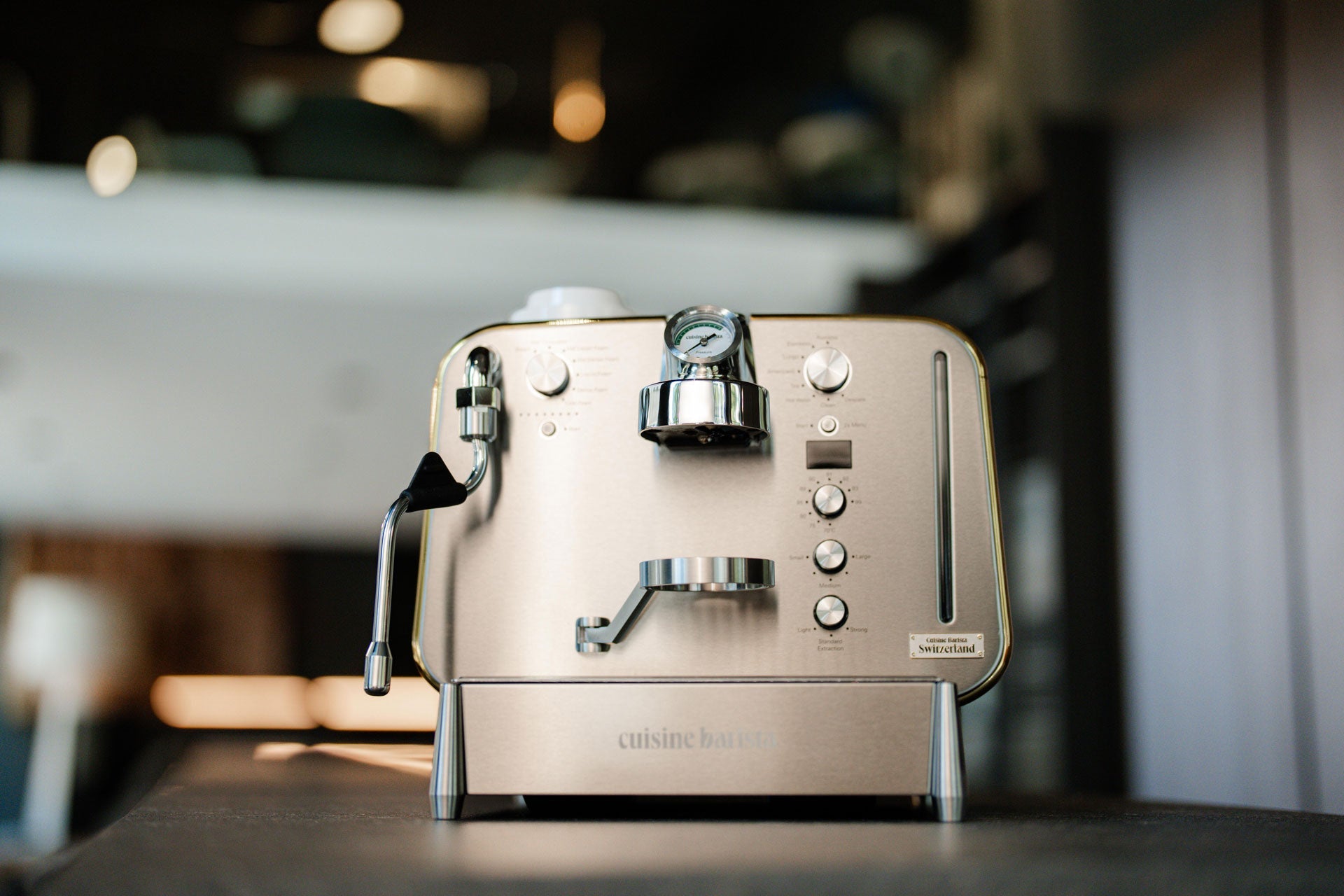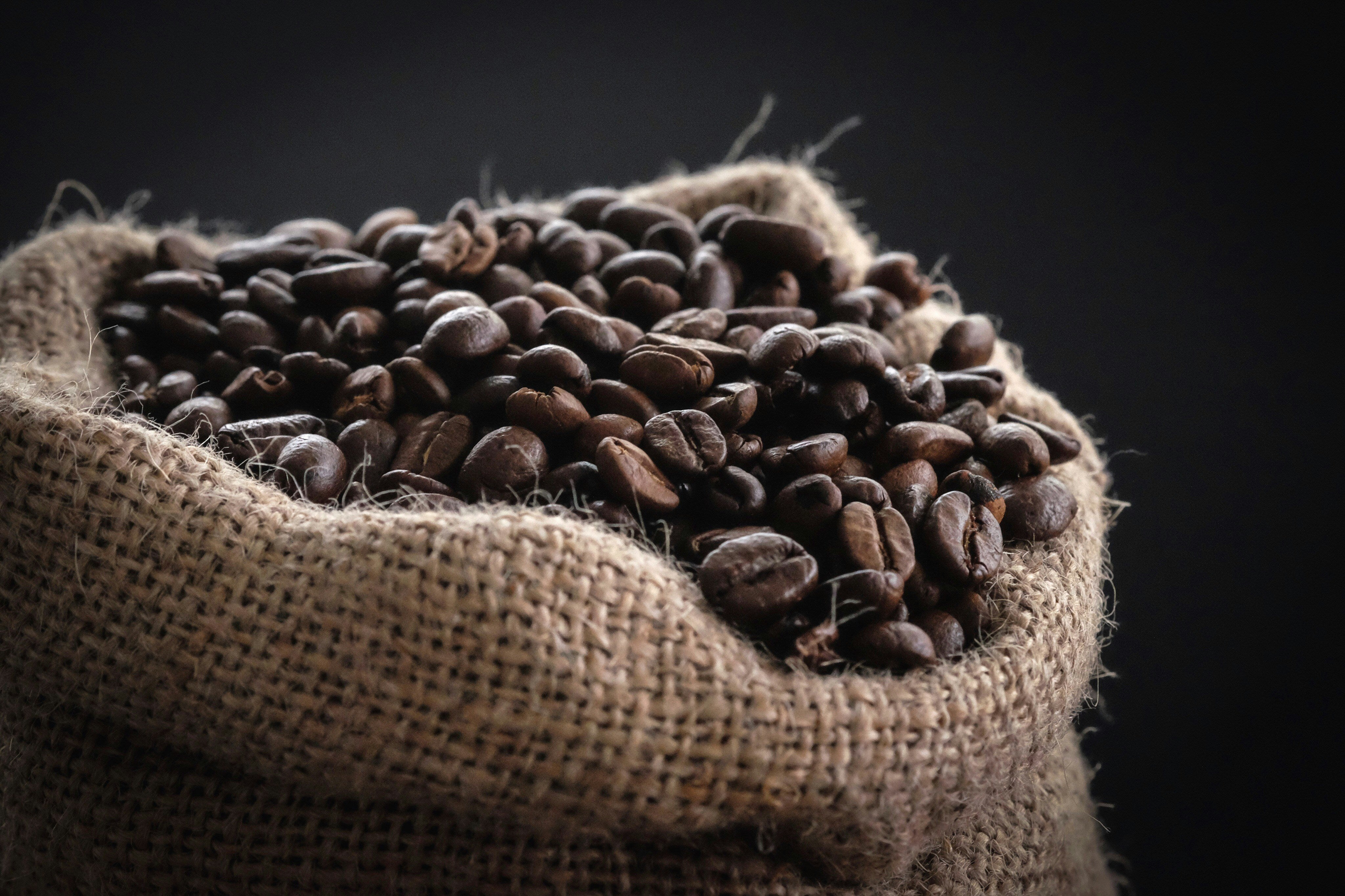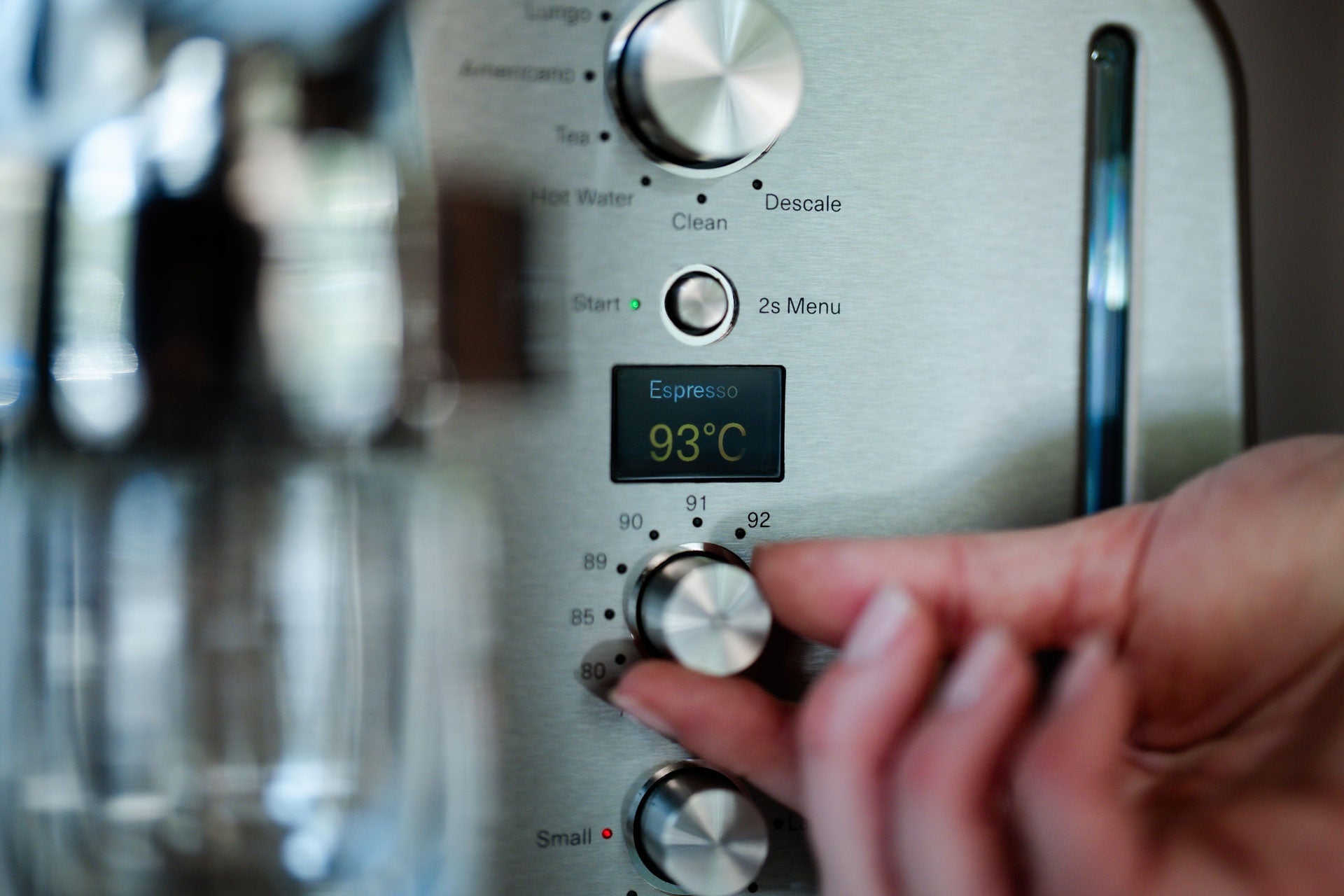Introduction
Anyone who dives deeper into coffee culture will eventually come across three letters: PID. While it may sound like tech jargon, it has a massive impact on flavor – especially when brewing espresso. In this article, we’ll explore what PID control is all about and why it’s used even in the Cuisine Barista capsule machine.
What does PID mean?
PID stands for "Proportional-Integral-Derivative" – a control algorithm originally developed for industrial applications. Its purpose? Not just to control temperature changes, but also to keep temperature consistently stable. While traditional machines fluctuate with sudden spikes or drops, a PID ensures a stable brew temperature throughout the entire extraction.
Simply put: the PID controller constantly monitors the actual water temperature and adjusts it in real time. This prevents temperature swings that could negatively impact flavor. Instead of dealing with "too hot" or "too cold," the temperature stays exactly where it should be.
Why is that important for coffee?
Brewing coffee is all about precision. Just a few degrees can tip an espresso’s flavor from “smooth” to “bitter” or “sour.” Arabica beans, in particular, are sensitive to temperature fluctuations. A stable temperature – such as a steady 93 °C – ensures the right balance of aromatic compounds is extracted.
Example: If the water is too cold, mainly acids are extracted – resulting in a thin, sour coffee. Too hot, and bitterness dominates. The right temperature strikes a balance and brings out the full flavor spectrum.
PID in the Cuisine Barista
While most capsule machines use a fixed preset temperature, Cuisine Barista goes a step further: Thanks to PID technology, users can adjust the temperature and ensure it remains stable during the brew. Combined with preinfusion and adjustable flow rate, the result is a brew profile that rivals premium semi-automatic machines.
This means even without barista training, you can enjoy professional-level results – reliably, repeatedly, and at the push of a button or via app.
Conclusion
PID is not just a technical gimmick – it’s a true quality upgrade. Once you’ve had an espresso brewed at a consistent temperature, you’ll taste the difference: less bitterness, more aroma, greater harmony. Cuisine Barista brings that level of precision into your everyday life – with no complicated settings. Whether it’s espresso, lungo, or tea: the temperature stays exactly where it should. That’s why PID control is such a powerful feature in Cuisine Barista – for coffee that impresses, every single time.






Share:
The most fascinating coffee stories from around the world: myths, revolutions and curious facts